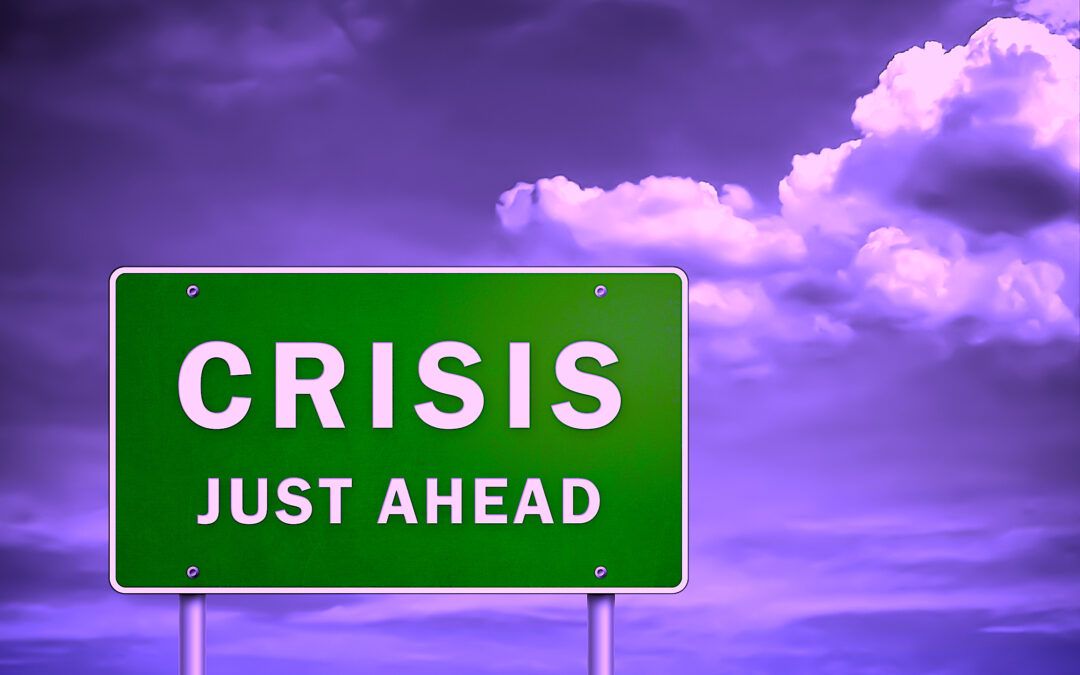Humans are funny. One might assume that the big prize of increased profits and safer, more environmentally-responsible operations would motivate enterprises to adopt the practices of high-reliability organizations. That, however, is rarely the case. It turns out that threats and crisis are more compelling.
In short, a crisis creates the organizational sense of urgency to act. Manufacturing the perception of a crisis can work, but it must be done very carefully. Could that approach move your organization to adopt the practices of a high-reliability one? Let’s consider the commercial-aviation industry.
Statistically, you would have to fly every day for more than 25,000 years, on average, to die in a crash of a U.S. commercial airliner. This is despite the immense electromechanical complexity of commercial aircraft and the even more complex process of getting and keeping one up in the air, flying around with more than 10,000 others each day (before COVID), all while dealing with weather, multiple air-traffic-control hand-offs, etc.
How can such complex machines execute such complex processes, with such high degrees of reliability? The answer is simple: It’s not optional. Crashes are really bad for business. Reliability isn’t a choice for commercial airlines, it’s mandatory.
One study discovered that every death associated with a commercial-airline crash produced 138.2 front-page articles, just in The New York Times. That type of press can virtually destroy a brand. A case in point was Trans World Airline (TWA), once a market leader in the commercial-aviation sector. While this carrier had been struggling financially, the crash of Paris-bound TWA Flight 800 on July 17, 1996, which killed all 230 aboard, dealt a devastating blow to the company’s recovery attempts. (TWA was acquired by American Airlines in 2001.)
Why is crisis more motivating than aspiration? As the behavioral economists Daniel Khaneman and Amos Tversky noted in their work on “Prospect Theory,” threats evoke a different response than opportunities do whenever people are making decisions under uncertainty. They suggested that a decision-maker’s frame of mind influences how much risk he or she is willing to assume.
The formula for determining the utility (or expected value) of a decision is an easy one: magnitude times likelihood. Imagine that you’re presented with two options: The first option offers a 100% chance to receive $100; the second offers a 10% chance to receive $1,000. From a strict economic-utility perspective, both options are worth $100. So, which of the two would most people choose? It depends upon one’s frame of mind.
If a person is economically comfortable, there’s a good chance he or she opts for the $100-sure thing. There is not much motivation to take a risk. But if one is on the verge of foreclosure and needs $900 to avoid it, a crisis exists. The $100 won’t avert foreclosure. Thus, the likelihood of opting for a chance at $1,000 increases, despite a low likelihood of success.
Change-management guru John Kotter has written extensively about the need to create a sense of urgency to motivate organizations to change. Kotter believes a sense of urgency is necessary for creating lasting change. Transformation to a high-reliability organization requires change and assumption of risk. Inventing the perception of a crisis may help achieve the sense of urgency to take the risk, challenge the status quo, and move out of one’s comfort zone.
But do proceed with caution: We want to challenge the status quo to increase operational reliability, not become riverboat gamblers by assuming operational risk. Riverboat gambling is not the goal of high-reliability organizations.TRR
REFERENCES
Khaneman, D. & Tversky, A. (1979). Prospect Theory: An analysis of decision under risk. Econometrica, 47, 263-291.
Kotter, J. (2008). A sense of urgency. Boston, MA, Harvard Business Press.
EDTIOR’S NOTE:
Drew Troyer is a featured presenter at the 2021 Virtual Edition of the
“Rotating Machinery Reliability & Technology Conference,” running May 26 – May 27.
Drew will be speaking on the benefits of proactive and precision maintenance
(with a focus on fasteners, lubrication, alignment, balancing [FLAB]).
His session begins at 11:40 a.m. (Eastern Time), on Wednesday, May 26.
For details on the conference program and to register for this virtual event, go to rmrtconf.com.
ABOUT THE AUTHOR
Drew Troyer has over 30 years of experience in the RAM arena. Currently a Principal with T.A. Cook Consultants, he was a Co-founder and former CEO of Noria Corporation. A trusted advisor to a global blue chip client base, this industry veteran has authored or co-authored more than 300 books, chapters, course books, articles, and technical papers and is popular keynote and technical speaker at conferences around the world. Drew is a Certified Reliability Engineer (CRE), Certified Maintenance & Reliability Professional (CMRP), holds B.S. and M.B.A. degrees. Drew, who also earned a Master’s degree in Environmental Sustainability from Harvard University, is very passionate about sustainable manufacturing. Contact him at 512-800-6031, or email dtroyer@theramreview.com.
Tags: reliability, availability, maintenance, RAM, organizational change, change management, Prospect Theory



